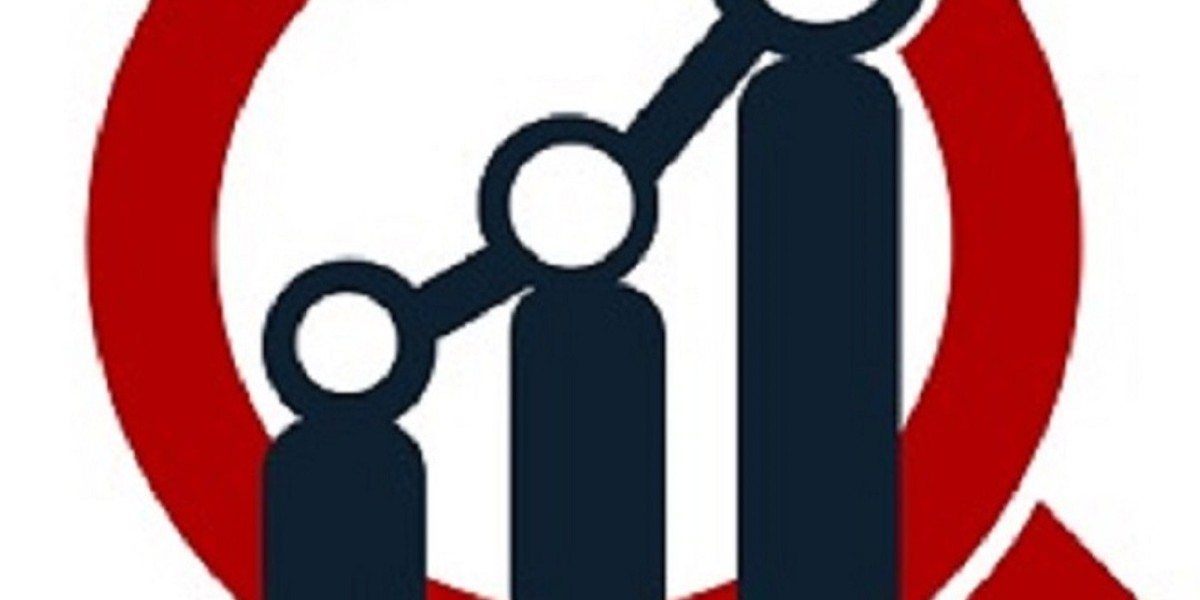Over decades of heavy industry change, the Industrial Plug has moved from a simple connector to a resilient component that shapes how factories and field sites distribute power. As mills, workshops and rental fleets adapt to shifting energy strategies and tighter uptime demands, the right connector family affects safety, mobility and the ease of upkeep. Modern designs reflect lessons learned from supply chain pressure, workforce rotation and a growing emphasis on cleaner, more flexible power systems.
Contemporary workshops require connectors that tolerate frequent coupling while resisting corrosion and mechanical stress. Engineers now favor bodies with reinforced mounting points and contact carriers that preserve alignment under vibration. That mechanical stability reduces heat at junctions and lowers the chance of intermittent contact that interrupts production. For teams that run equipment across multiple bays, standardized connector families that accept common accessories simplify stocking and shorten repair time.
Mobility is part of the connector story. Rental operations and event suppliers move gear constantly, so units that lock securely and that include captive fasteners prevent lost parts and speed setup. Positive locking mechanisms that resist accidental uncoupling keep feeds live during load changes and while material handling occurs nearby. When connectors marry robust retention with simple release steps, crews can trust that connections stay seated during intense activity yet can be serviced quickly when required.
Environmental resilience matters as well. Sites near coasts, chemical processes or washdown routines expose connections to corrosive atmospheres and repeated cleaning. Choosing housings that accept replaceable seals and plated contacts helps operations maintain conductivity with minimal replacement cycles. Where ambient heat or radiant exposure rises, materials and massing strategies that slow temperature gain at contact faces protect dielectric parts and preserve safe margins.
Serviceability reduces total cost of ownership. Modular inserts, repairable cable glands and accessible terminal blocks let technicians perform targeted swaps instead of discarding entire assemblies. When spare part lists are concise and standardized, procurement moves faster and field teams restore operation in less time. Visual indexing and clear product documentation help new staff follow established wiring conventions and reduce the risk of incorrect substitutions during hurried shifts.
Safety features now blend mechanical and electrical design. Shrouded live parts, polarity keyed bodies and tactile guidance help prevent miswiring during rapid fits. Local isolation options and visible engagement indicators let operators confirm safe states quickly before starting work. Combining such features with routine verification protocols diminishes the chance of error when crew changes are frequent or when contractors rotate through a site.
Energy management has become part of the connector conversation. Many projects pair power points with local metering or with simple soft start modules to ease motor inrush and to smooth supply peaks. Connectors that accept monitoring modules or that sit near compact control devices let teams shape demand without a full control room redesign. These modest interventions reduce generator cycling and help match on site consumption to available capacity during tight windows.
Supply continuity depends on procurement choices. When teams specify vendor families that publish clear accessory guides and replacement part numbers, they avoid mismatches that slow repairs. Early engagement with suppliers yields informed choices about plating options, gasket compounds and compatible mounting frames so installations start life aligned with expected environmental and mechanical loads.
Training and documentation close the loop. Short practical sessions that show correct seating torque, how to check contact condition and safe uncoupling steps help crews maintain consistency under pressure. Photographic wiring maps and concise checklists in kits reduce ambiguity during night shifts and simplify handovers between teams who may not share trade backgrounds.
Looking ahead, the connector landscape will keep adapting as electrification, mobile power and distributed generation grow. Installers and planners who favor repairability, clear documentation and modular compatibility make life simpler for technicians and reduce lifecycle expense for operators. When procurement pairs durable hardware with pragmatic maintenance practices, facilities achieve more resilient power networks without undue complexity.
If your project needs connector families that support rugged use, fast maintenance and flexible integration with modern power management, review product lines and accessory catalogs that match site demands. Technical pages and supplier notes at www.nante.com provide imagery and documentation to help teams align selections with operational goals and deployment realities.






